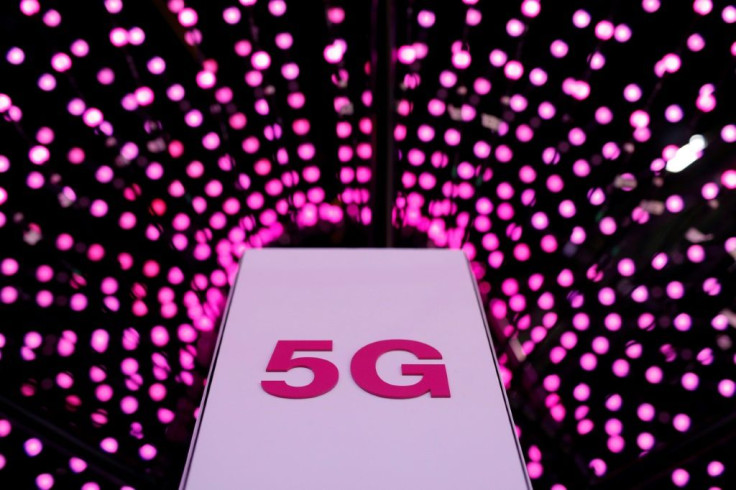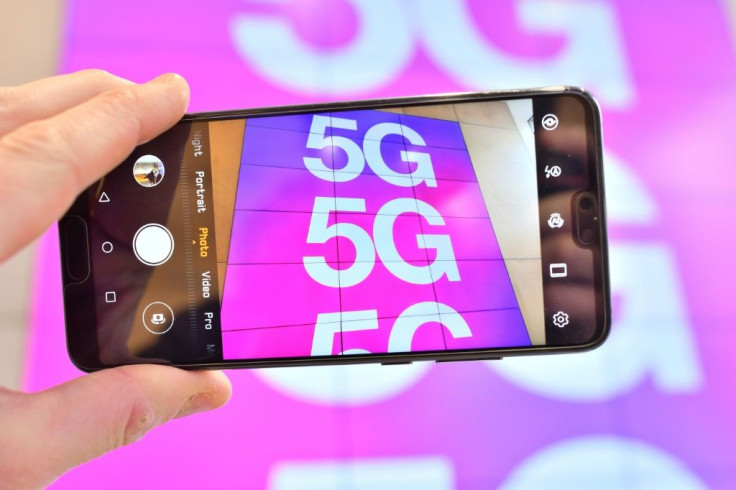Getting Ready For 5G: Investing In Fiber Infrastructure Is Key

5G technologies are now rolling out worldwide and the number of 5G enabled endpoints will grow with every passing month as carriers build the infrastructure to support the Internet of Things. These billions of connected devices will be widely dispersed across geographical areas and will support a huge array of new use cases, such as low-latency mission-critical applications that will transform processes across a wide range of business sectors.
At the same time, 5G will enable more end-users to access new digital services and experiences. These include immersive AR & VR apps, streaming 4K (and soon 8K) video content on-demand, data-intensive business applications, multi-party video calling and cloud-gaming.
The popularity of cloud-enabled gaming in particular is set to explode. According to Newzoo, the global games market is expected to grow to $180 billion in 2021, led by mobile games, which reflects 59% of that total.
5G promises a lot. In addition to more exciting user experiences and new revenue opportunities for service providers, we are promised orders of magnitude improvements in network performance, related to download speeds, latency, and the number of connected devices. However, the end-user experiences (humans and machines) and revenue opportunities will only be realized if the network performance goals of both the 5G Radio Access Network (RAN) and the fiber-based Wide-Area Network (WAN) complement each other.
Operators are therefore under a considerable amount of pressure to keep up with changing user demands and ensure networks can handle high traffic while mitigating congestion and QoS issues.
Evolution and revolution
The result of this pressure has been an increase in investment in network infrastructure. The shift to 5G is both an evolutionary one, where existing 4G architecture is used as a starting point, and a revolutionary one where the introduction of edge-compute allows whole new classes of services to be supported. An estimate last year put the total investment in 5G networks by operators (for the period 2018-2025) at a staggering $1 trillion.
Much of what we see and hear about the shift to 5G has focussed on investment in smartphones, radios, and antennae related to the wireless part of the mobile network. However, the 5G network performance goals mentioned earlier are heavily predicated on the availability of fiber to cell sites. There’s a lot that can be done today to improve current 4G wireline networks and support the transition to 5G. Operators can, for example, install more fiber to small and macro cell sites, which are compatible with both current 4G networks and new 5G networks.
Fiber footprints
Larger operators are expanding their wireline footprints, confident in the knowledge that the size of their fiber and geographic footprints will dictate the performance and commercial success of their 5G services and applications. Work has begun, but further investment is required. According to Deloitte, between $130 and $150 billion of investment in fiber is required over the next five to seven years, in the U.S. alone, to adequately support the wireless densification needed to support the increased speed and capacity of 5G.

However, upgrading existing wireline networks to support the expected 5G performance gains over 4G is extremely complex and will thus require new technologies related to SDN, NFV, analytics, and automation. What’s needed is a change in the way networks are designed, deployed, managed, and maintained. This includes leveraging automation software that can deliver artificial intelligence, machine learning, and analytics allowing operators to accelerate 5G services for faster time-to-revenue while simultaneously reducing operating costs.
5G: Open for business
At the heart of this approach is an open ecosystem that supports and enables adaptive wireline networks. Characterized by greater choice, this open ecosystem will allow operators to choose vendor solutions that best meet their unique requirements from both technology and business perspectives. Each operator is on their own unique 5G journey and thus requires very different solutions to achieve their specific business goals.
Flexibility must also extend to the way in which capacity can be allocated to manage periods of peak end-user demand. The new approach to designing, deploying, and managing networks must therefore be a software-centric one. Intelligent software can identify user experience issues and congestion hotspots, and then create additional capacity automatically, relocating content and optimizing network resources to maintain a high QoE for end-users, humans and machines.
5G will present new opportunities and experiences to end-users, and in doing so, will help drive better returns for operators and service providers. While much attention has been paid to 5G wireless elements, it’s important that we don’t lose sight of the need to invest in the underlying fiber infrastructure, and the intelligence that helps it work effectively. This must be part of any approach to network management and operation leveraging open source elements and intelligent software resulting in high-capacity, high-performance 5G networks and services.
(Steve Alexander is Senior Vice President and Chief Technology Officer at Ciena.)
© Copyright IBTimes 2024. All rights reserved.






















